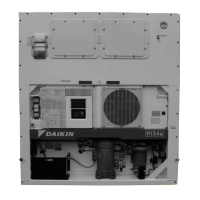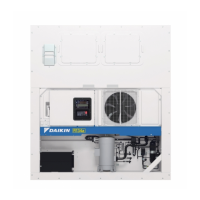TR03-06
(2003.12.00200)NK
$5,00
DAIKIN CONTAINER
LXE10E-1
TR 03-06
Service Manual
Head Office. Umeda Center Bldg., 4-12, Nakazakinishi 2-chome, Kita-ku, Osaka, 530-8323 Japan.
Tel: 06-6373-4338 (From overseas 81-6-6373-4338)
Fax: 06-6373-7297 (From overseas 81-6-6373-7297)
Tokyo Office. Tokyo Opera City Tower 12F. 3-20-2 Nishi-Shinjuku, Shinjuku-ku, Tokyo 163-1412, Japan.
Tel: 03-5353-7860 (From overseas 81-3-5353-7860)
Fax: 03-5353-7913 (From overseas 81-3-5353-7913)
Marine type Container Refrigeration Unit Service Manual LXE10E-1




